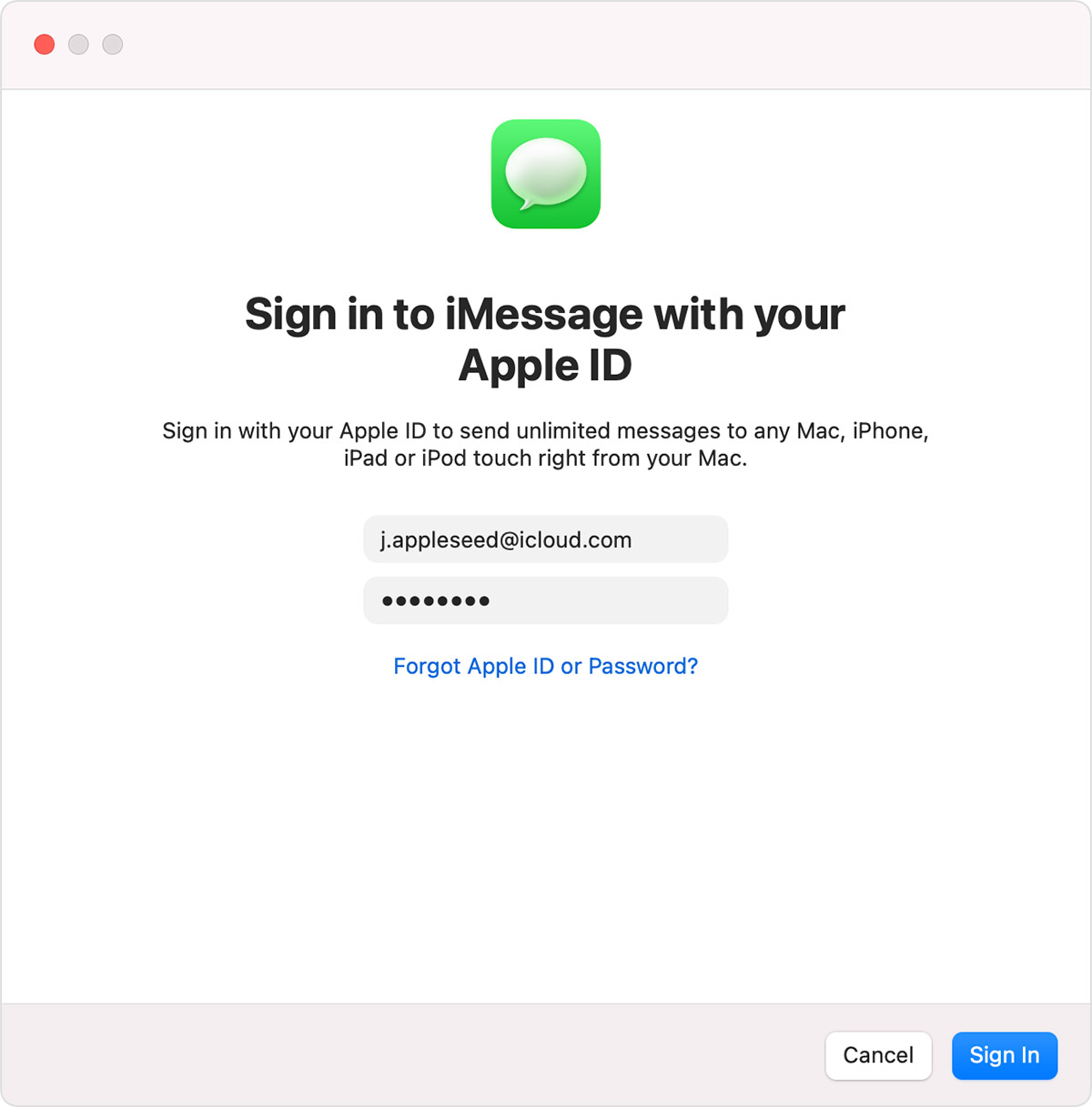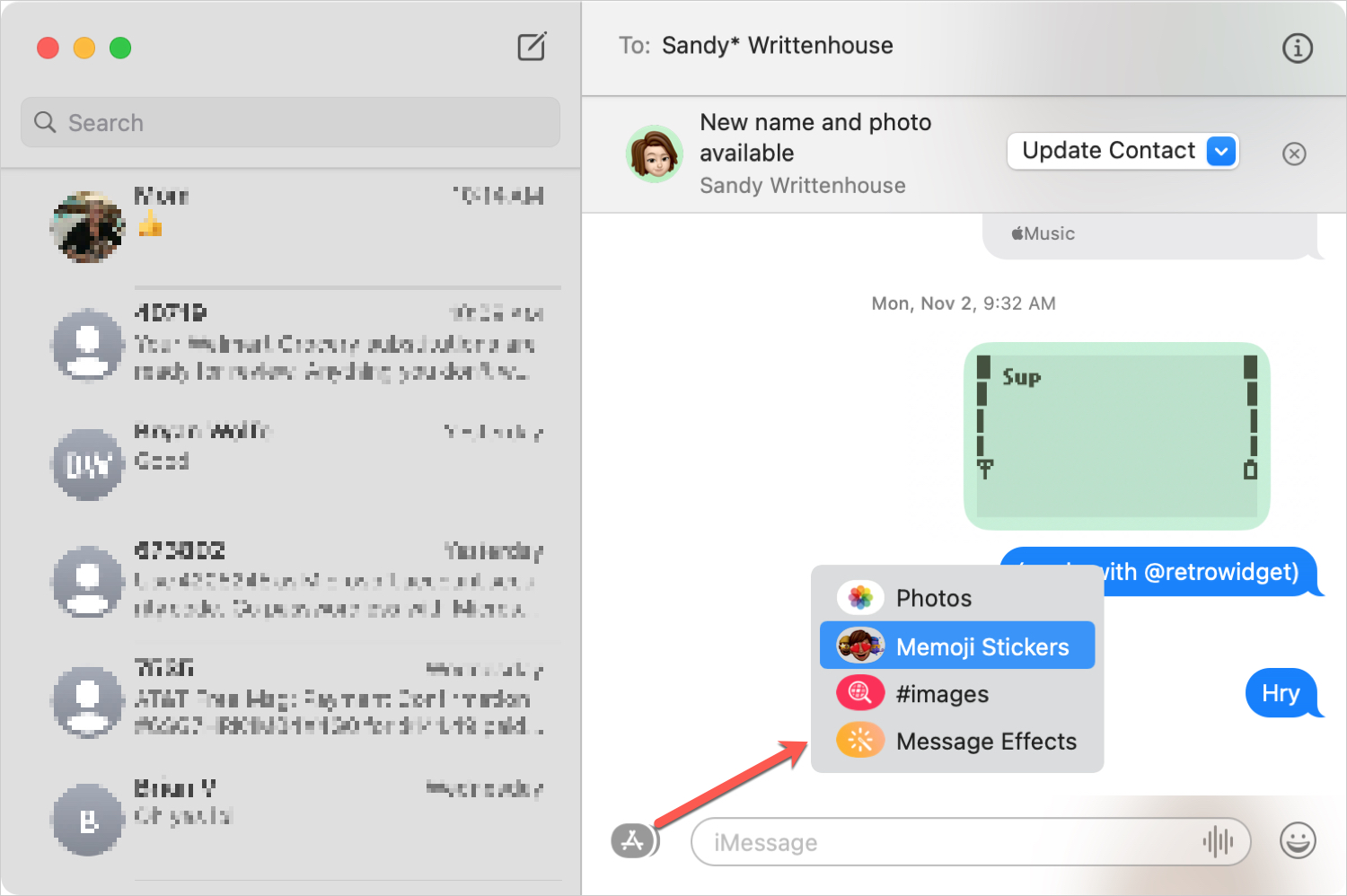

So first, you'll need to sign out of your main iCloud account.

Step 1: Sign Out of Your Main iCloud Account Once you've done that, you can sign back into your primary iCloud account for features like app and photo backup.

However, if you sign out of the main iCloud account, you can sign into each service individually using separate accounts. By default, iOS 11 uses the primary iCloud account attached to your iPhone to sign into all iCloud-enabled apps (FaceTime, iMessage, and others). But there's a workaround for all of this madness. The process for using a different iCloud account for FaceTime was similar in iOS 10, and also no longer works in iOS 11. In iOS 11 when you try to do this, it automatically signs you back into the device's primary Apple ID - you can't enter a new one.
CHANGE ACCOUNT FOR IMESSAGE ON MAC HOW TO
That said, if you just want the bare-bones functionality of having multiple accounts to use in apps like Messages and FaceTime, we'll show you the best workaround we've found so far.ĭon't Miss: The 9 Most Annoying Changes in iOS 11 & How to Fix Them How It Used to Work in iOS 10īefore diving right in, it's good to know how this worked in iOS 10, so you don't confuse this with just adding additional emails for FaceTime and Messages.īefore, to use a different iCloud account for Messages, you would go to "Messages" in Settings, tap on "Send & Receive," tap on your Apple ID up top, then "Sign Out." Afterward, you could just tap on "Use your Apple ID for iMessage" from the main "Messages" settings to sign into a different iCloud account. Mind you, the process is a little convoluted, and there's currently no way to freely switch between your primary and secondary iCloud accounts. As inconvenient as this omission is, there's still a way to use alternate iCloud accounts on your iPhone with a little hackery. Maybe you can help out and contribute? Check out nodeprivatemessageskit for more info.In a classic case of one step forward, two steps back, Apple has eliminated the ability to use multiple iCloud accounts for FaceTime and Messages in iOS 11, meaning the primary Apple ID on the account is the only one allowed. Right now I am using some private APIs to open a new message window and prefilling the To: field. Private APIs within OS X should be able to be used to completely send messages without the use of Messages.app, but I haven't figured out how to do so yet. This would be better if it used some private APIs within OS X, but could be improved to use more. There's already a pretty good library for that on npm at imessage but personally I just read the Messages SQLite database directly in my other projects at imessageclient, iMessageWebClient, and imessagebot. Why doesn't this handle reading the database? This uses an Automator script to run handle interacting with Messages.app. I wanted something to use in my own project that I believed worked reliably and as quickly as possible. Nothing else on npm seems to deal with group chats correctly. iMessageModule will queue up them and send them as quickly as Messages.app will allow. It's really that simple! And you can send the messages as quickly as you like. ndMessage("recipient email, phone, or chat title", "message text", function(err) )

Var imessagemodule = require("iMessageModule")


 0 kommentar(er)
0 kommentar(er)
